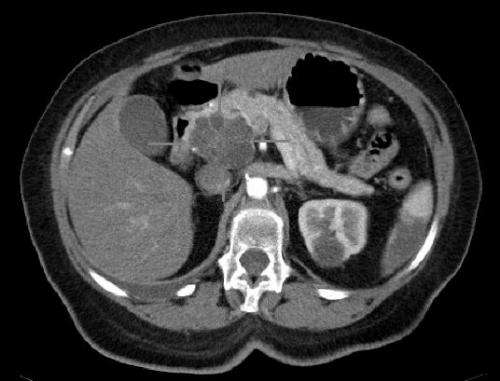Understanding Tuberculosis as It Emerges in Maine and North Carolina: Who Is at Risk?

Recent reports of tuberculosis in Maine, North Carolina, and California highlight the importance of awareness, early detection, and treatment of this bacterial disease that remains a public health challenge in the U.S.
Tuberculosis (TB), one of the world's most lethal infectious diseases, has recently appeared in isolated cases within the United States, specifically in Maine, North Carolina, and California. Despite being less contagious than respiratory illnesses like the flu or COVID-19, TB remains a significant health concern due to its potential severity and the lengthy treatment required.
Tuberculosis is caused by the bacterium Mycobacterium tuberculosis. The disease was once mistaken for an inherited condition, but it is now known to be bacterial in origin. The term "tuberculosis" derives from the characteristic small lesions, called tubercles, that form in the lungs. These lesions can cause lung tissue damage, leading to respiratory failure, which is often the cause of death in severe cases.
There are two primary forms of TB: latent and active. Most individuals infected have latent TB, meaning the bacteria remain in the body without causing symptoms or transmission to others. Latent TB can persist for years unnoticed, but it can become active if the immune system weakens due to illness, treatment for other conditions, or old age. Active TB is contagious and causes symptoms, which include swollen lymph nodes, shortness of breath, unexplained weight loss, night sweats, and a persistent cough.
Exposure to TB mainly occurs through inhalation of respiratory droplets expelled during coughing or talking. The disease is especially prevalent in crowded living or working environments such as homeless shelters, prisons, jails, healthcare facilities, and nursing homes. People with compromised immune systems—such as those with HIV, diabetes, undergoing organ transplants, or suffering from substance abuse—are at greater risk of developing both latent and active TB.
Diagnosis involves skin tests, blood tests, and chest X-rays to determine infection and its activity level. When TB is confirmed, public health teams track recent contacts to prevent further spread. The good news is that TB is entirely treatable, especially with early detection. The standard treatment involves several months of antibiotics—most commonly a combination of four drugs for two months, followed by rifampin and isoniazid for an additional four to seven months. Severe or extensive TB may require longer treatment.
Throughout treatment, patients are often hospitalized in specialized negative pressure rooms, and adherence to medication is crucial to avoid drug resistance. Public health officials may supervise medication intake to ensure compliance.
Despite a long-term decline in TB cases in the United States since 1993, there has been a recent uptick in cases, with a 15.6% increase from 2022 to 2023. More recent figures show a slight decrease in cases in 2025 compared to the previous year, but even a single case warrants concern given TB's potential severity.
Most TB cases in the U.S. originate from individuals who have immigrated from regions where TB is endemic, like parts of Asia and Africa, or from travelers returning from those areas. Continued vigilance is essential in managing and preventing TB, especially among vulnerable populations.
Source: https://medicalxpress.com/news/2025-09-tuberculosis-surfaces-maine-north-carolina.html
Stay Updated with Mia's Feed
Get the latest health & wellness insights delivered straight to your inbox.
Related Articles
The Impact of Chronic Inflammation from Alcohol on Pancreatic Cancer Progression
Chronic inflammation from alcohol consumption accelerates pancreatic cancer development through key molecular pathways, with CREB playing a central role. New research offers promising therapeutic targets for prevention and treatment.
Connecting Early Life Epigenetic Memory to Adult Brain Inflammation
A groundbreaking study links early childhood epigenetic programming in astrocytes to increased risk of adult brain inflammation and neurodegenerative diseases, highlighting the importance of early development in lifelong brain health.
Addressing the Gender Gap in Women's Mental Health Research
Women face higher rates of mental health disorders, yet research into women's mental health remains limited due to historical biases and underrepresentation. Advances in animal models and policy changes aim to bridge this critical knowledge gap, fostering personalized treatment options.
'Switching Off' Enzyme in Immune Cells May Prevent Obesity and Metabolic Disorders
Researchers have discovered that turning off the enzyme CaMKK2 in immune cells can prevent diet-induced obesity and metabolic disorders, opening new therapeutic possibilities.



